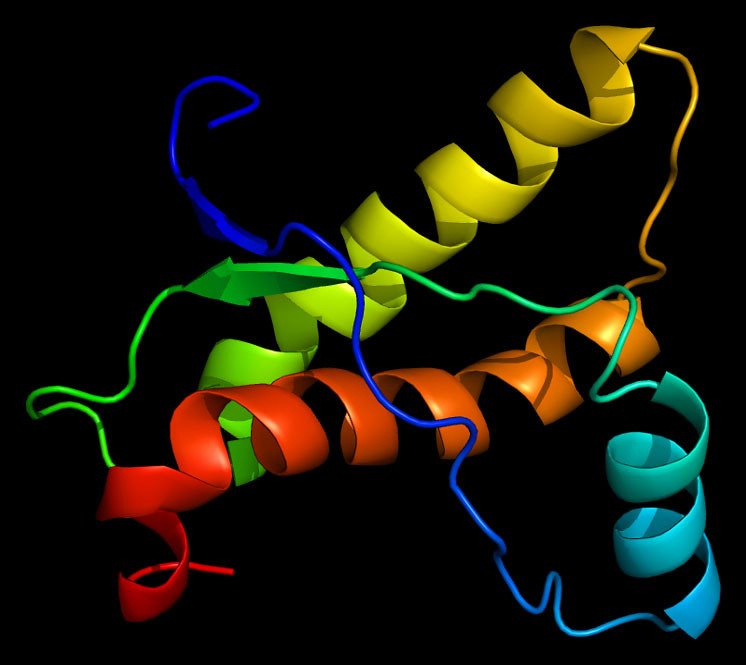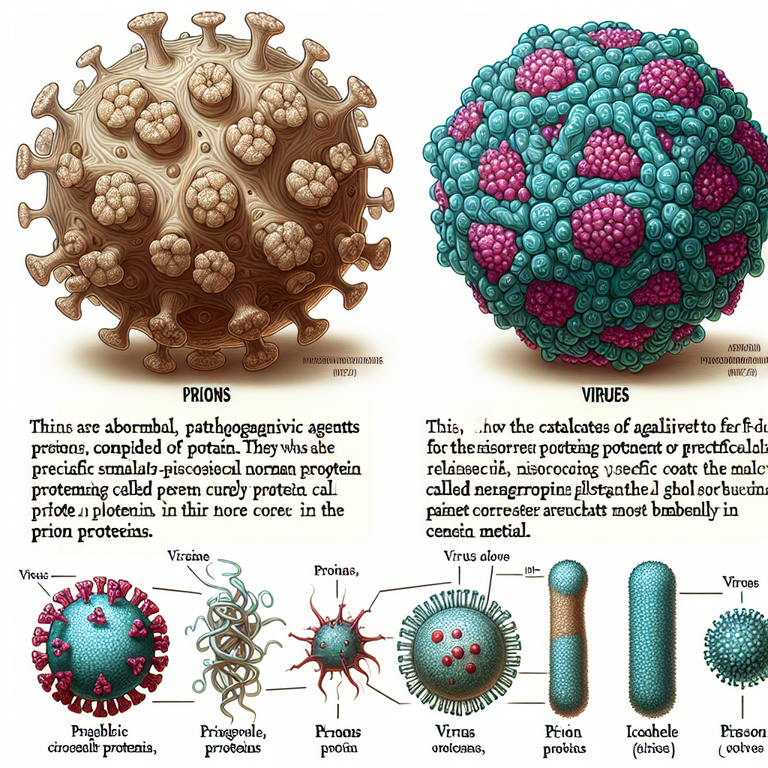The Enigma of Prions: Understanding the Deadly Proteins Behind Neurological Degeneration
From elementary schools, the word protein is something you are familiar with, although your knowledge about them keeps changing and improving as you improve yourselves but not all of us are familiar with the word Prions.
In 1995, Steven Churchill, a 19 year old young man began to experience signs of dementia with symptoms like loss of motor functions, poor memory, and onset of depression. In a couple of weeks, he became bound to the wheelchair and in about 6 months he began to succumb to the effects of aggressive neurological degeneration. He suffered this health condition as a result of a new variant of Bovine Spongiform Encephalitis (Mad Cow disease).
This disease causes the degeneration of neurological activities in cattle, as well as animals. This disease isn't caused by a virus, bacteria, or protozoan, rather it is caused by a protein known as Prion and just like I said at the beginning, while you must have heard of the word protein, you might have not heard of prions. Pathogens that we know infect people, multiply in them, and infect others again. These pathogens can be killed by different things including alcohol, bleach, radiation. heat, and so on. While these pathogens can be life-threatening once they are exposed, they can be defeated.
Prion are made up of the same amino acids that makes up proteins in eggs, meat and other compounds that are made up of proteins but the difference between prion and a normal protein is in its structure folding. You see, the folding of a protein determines how it behaves and its function. When a protein is shaped into a pocket, it functions as an enzyme where molecule can fit in and be catalyzed.
Prions are not alive, they can not be killed and they are completely life-threatening with a 100% mortality rate. They are a self-propagating protein that has the potential to cause rapid onset of tremors, dementia, loss of bodily control and death afterwards. Proteins fold themselves incorrectly often as a result of their complex shapes but then these proteins breakdown over over a few hours or days but then, if there is a misfold in the protein changing the PrPc molecule to PrPsc they become prions.
There are 5 variants of Prion Diseases which inludes Creutzfeld-Jakob disease (CJD), Variant Creutzfeld-Jakob disease (vCJD), Gerstmann-Strausster-Scheinker Syndrome, Fatal Familial Insomnia, and Kuru. In animals, Prion disease includes Bovine Spongiform Encephalopathy, Chronic Wasting Disease (CWD), Scrapie, Transmissible mink encephalopathy, Feline Spongiform Encephalopathy and ungulate Spongiform Encephalopathy and they are
Certain things like mutation as a result of diseases like Creutzfeld-Jakob disease can cause proteins not to form a proper shape thereby leading to a prion. Prions cannot unfold, and when they encounter another protein, they disrupt their function as well, turning them to prion and this cycle would continue and they form groups known as Amyloid plaques which can be found in different parts of the body including the skin, heart, liver, joints, and the kidneys causing inflammation and swelling but these aren't life-threatening unless when the plaque is found on in the brain when they are clustered around neurons. This destroy neuronal functions and it is 100% fatal. Prion Protein structure is very stable and so it is not destroyed by stomach acids or heat.
In essence, while proteins are essential for life, prions epitomize a darker aspect—a reminder of the intricate and often perilous nature of biological molecules. Understanding prions is imperative for devising strategies to combat the diseases they cause and safeguard public health.
Reference
https://www.cdc.gov/prions/index.html
https://www.hopkinsmedicine.org/health/conditions-and-diseases/prion-diseases
https://www.niaid.nih.gov/diseases-conditions/prion-diseases
https://microbiologysociety.org/why-microbiology-matters/what-is-microbiology/prions.html
https://www.msdmanuals.com/professional/neurologic-disorders/prion-diseases/overview-of-prion-diseases
https://www.ncbi.nlm.nih.gov/pmc/articles/PMC3003464/


Thanks for your contribution to the STEMsocial community. Feel free to join us on discord to get to know the rest of us!
Please consider delegating to the @stemsocial account (85% of the curation rewards are returned).
Thanks for including @stemsocial as a beneficiary, which gives you stronger support.